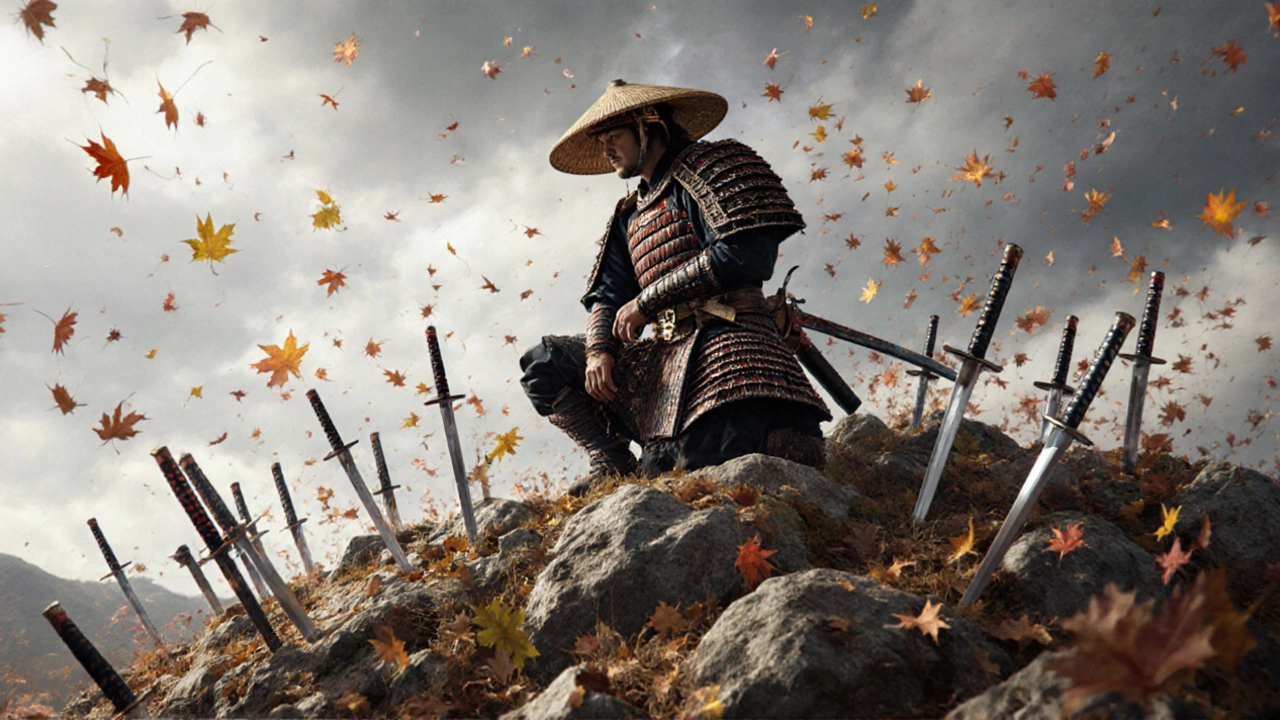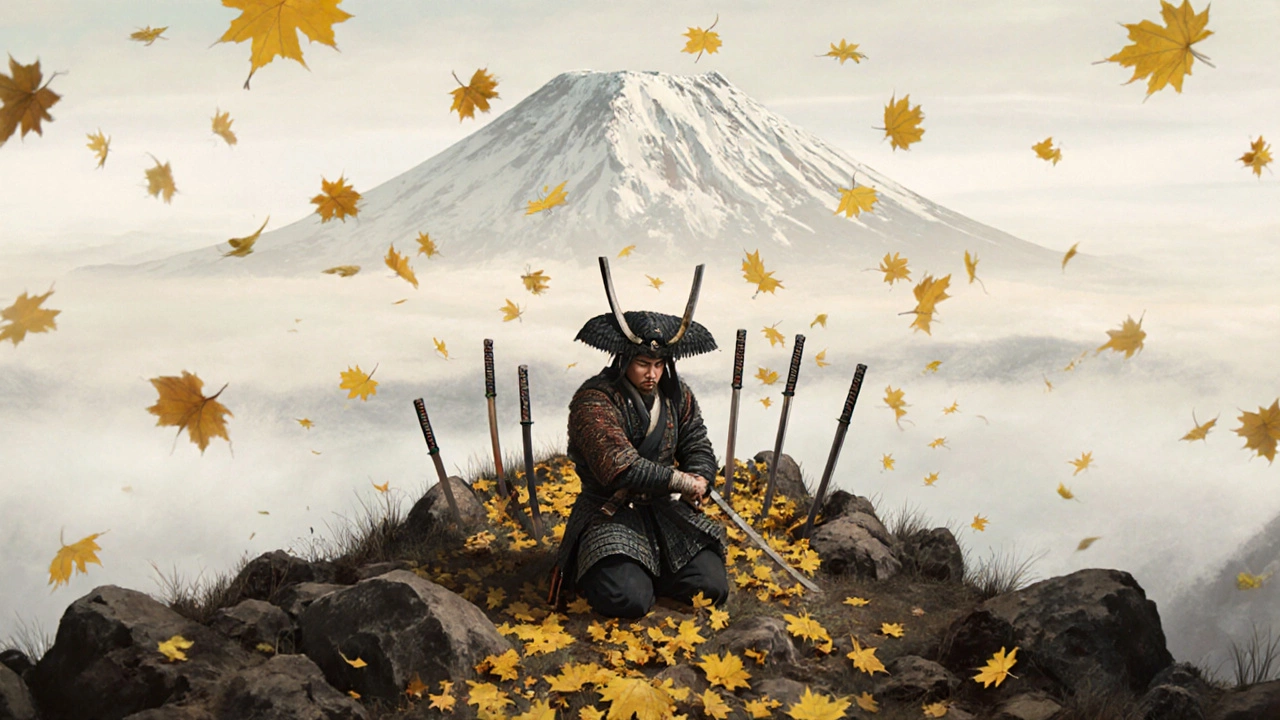When Ghost of Yōtei launched, expectations were sky‑high. The original Ghost of Tsushima had set a benchmark for open‑world samurai games, and fans were eager to see whether the sequel could step out of Jin Sakai’s shadow. What arrives is a darker, more visceral narrative that leans into Japanese folklore, backed by a suite of technical upgrades that feel less like patches and more like genuine evolution.
Story and Protagonist
Set in 1603, the game transports players to the harsh wilderness of Ezo, the historical name for Hokkaido. You step into the boots of Atsu, a wandering onryō‑type warrior whose family was wiped out by a rogue group called the Yōtei Six. Unlike Jin’s reluctant hero arc, Atsu’s drive is unapologetically vengeful. The writing leans into that bitterness, and it pays off: every raid, every confrontation feels like a personal reckoning rather than a duty to a distant lord.
The narrative structure mirrors classic revenge tales, but the developers keep the focus tight. Flashbacks to Atsu’s past are interwoven with present‑day hunts, ensuring the player never loses sight of why the kill‑streak matters. The Yōtei Six themselves are more than faceless foes; each commander has a distinct backstory, motive, and fighting style, turning boss battles into narrative milestones rather than simple checkpoints.

Gameplay and Visuals
Combat retains the fluid parry‑and‑counter rhythm that made Tsushima a joy, but now it’s sharper. New weapon types—such as a reinforced naginata and a dual‑blade set—let you experiment with longer assassination chains. A much‑talked‑about smoke‑bomb mechanic adds a tactical layer; you can vanish, reposition, or set up a perfect flank without breaking the combat flow.
Stealth gets a makeover too. While the earlier game nudged you toward open combat, Yōtei rewards a true shinobi approach when you’re outnumbered. You can now blend with the environment more effectively, using dense pine forests or drifting snow to hide your silhouette.
- Expanded weapon roster with unique combos
- Smoke‑bombs for dynamic disengagement
- Enhanced stealth markers that adapt to weather conditions
- Kurosawa mode upgraded to richer black‑and‑white grain and period‑accurate film borders
Visually, the game trades Tsushima’s saturated greens for a storm‑laden palette. Heavy clouds, whipping winds, and rain‑slicked cliffs give the world a palpable weight. Lighting reacts to the weather in real time, casting long shadows that make the night‑time stealth sections feel genuinely tense.
Technical polish shines through tighter animation sync with the Japanese voice cast, addressing a sore point from the first title. Enemy AI appears smarter; they’ll flank, shout warnings, and retreat when overwhelmed, which forces you to think on your feet rather than rely on scripted patterns.
All that said, the experience isn’t flawless. The middle segment of the game can feel repetitive, and the third act leans heavily into familiar tropes. Some players might notice that the open‑world map, while beautiful, reuses a lot of terrain assets, leading to a sense of déjà vu after a few hours.
Still, those shortcomings don’t eclipse the overall achievement. Ghost of Yōtei stands as a solid step forward for the franchise, delivering a compelling protagonist, richer combat options, and a haunting aesthetic that feels true to its folklore roots. For anyone who loved the first game’s core loop but craved a grittier tone, this sequel hits the mark.
